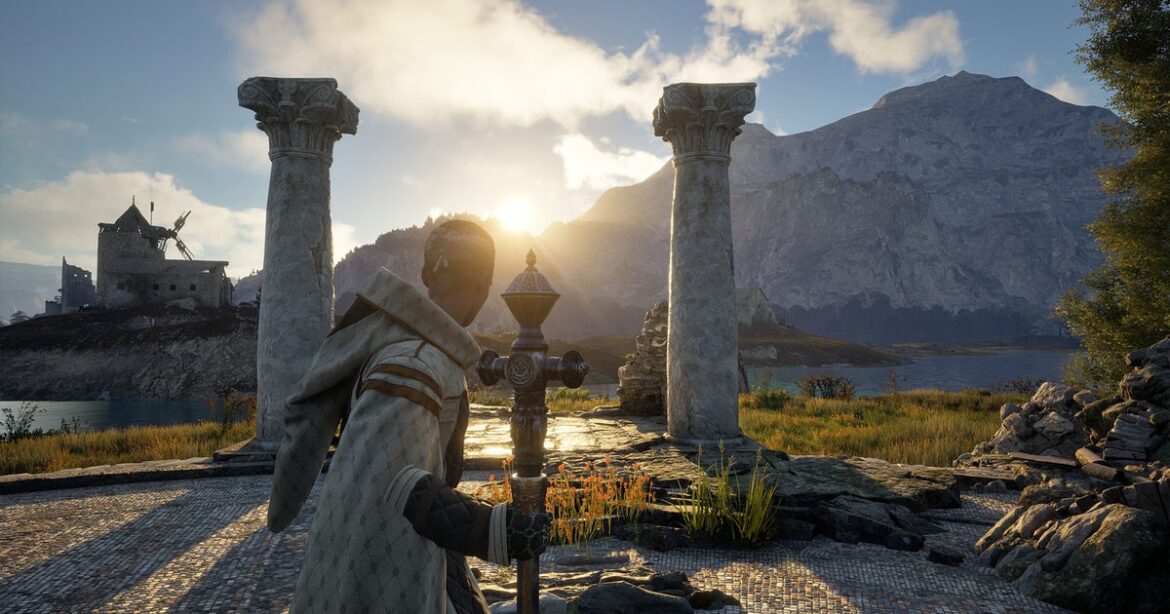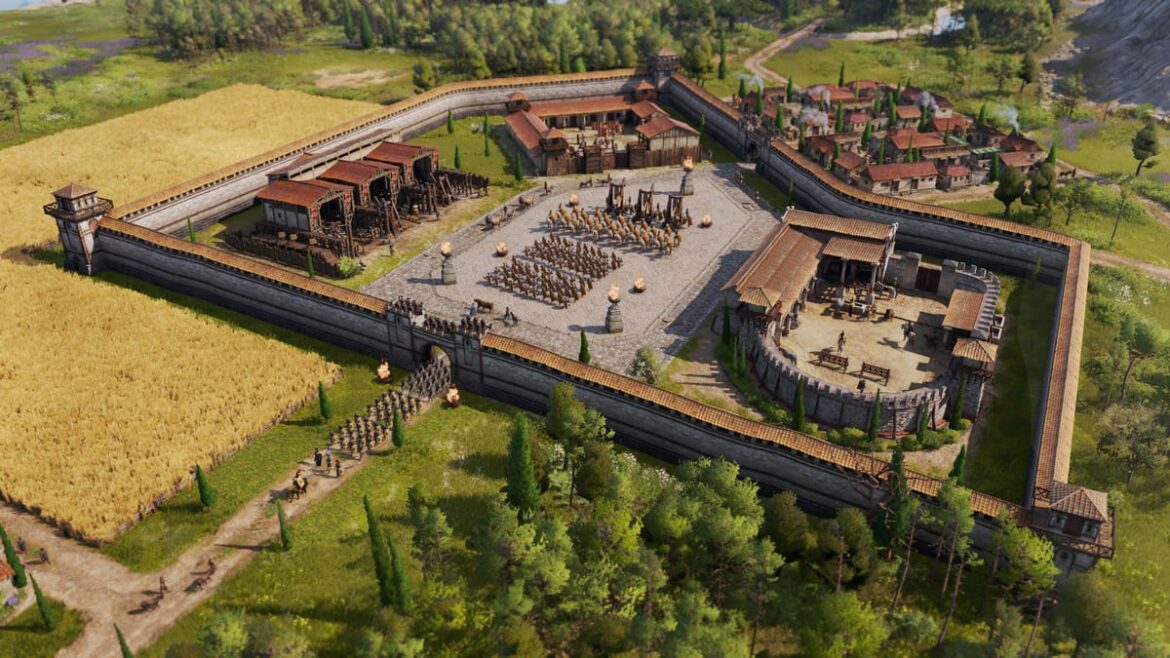What if EVE Online was a bit less sci-fi, and a lot more medieval? You would, in theory, get Pax Dei, a game that first entered early access in June last year. Responses to it so far appear to be, well, mixed, but as seems to be quite common with These Kinds Of Games, everyone that’s played it appears to be going through some kind of Stockholm syndrome kind of situation, as the game is still going. It’s going so far as to launch into 1.0 in fact, and developer Mainframe Industries have even put a date to it.
That release date is October 16th, about half a month away at the time of writing (assuming I still know how to read calendars). Mainframe outlined what you can expect in the leadup to the launch, as well as what will happen at launch itself in a recent Steam news post too.
From October 6th until the 14th, servers for the game will be completely offline. On the 14th, at 3am PDT, anyone that owns a founder’s pack will have access to the game’s 1.0 servers, and then on the 16th at 8am PDT, the MMO will be available to everyone. Something to note is that with the launch of 1.0, everyone that has been playing so far will have everything wiped – shards, characters, plots, inventories, skills, and more. This is the final wipe though, Mainframe explained, so you won’t have to worry if you’re new to the game.
One big difference is that Pax Dei will also have a subscription model. You can just play the game by buying it, but memberships give you a whole bunch of extras that do seem a little bit unfair. In particular, depending on which membership plan you go for, you’ll get a number of plot tokens, which let you literally own certain pieces of land – that you have to continuously pay for with said tokens. Yes, this is essentially digital rent. Whether this works out or not, well, we’ll find out in the next few months.



